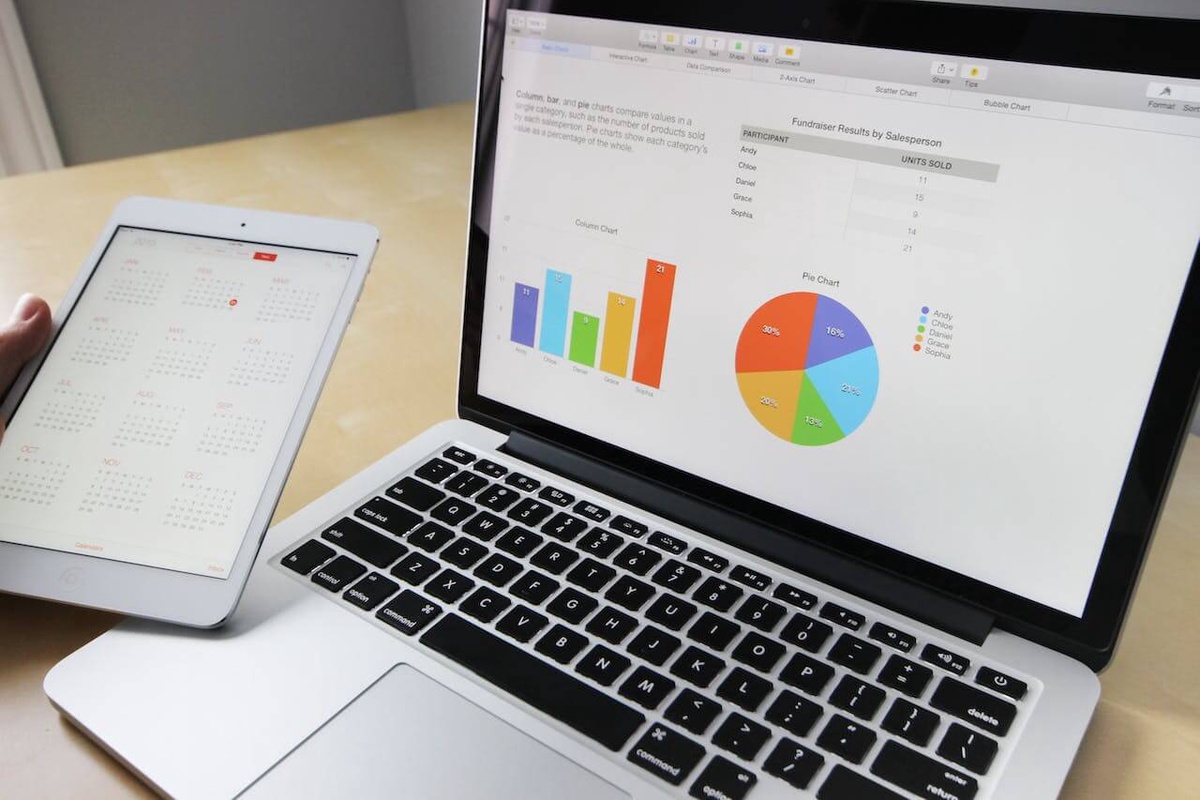In the era of big data, businesses are recognizing the power of data visualization as a key component of effective business intelligence (BI). The ability to transform complex datasets into visually compelling and easily understandable representations is revolutionizing decision-making processes and driving strategic initiatives. In this article, we delve into the profound impact of data visualization on business intelligence, exploring its benefits, best practices, and the future of this dynamic field.
1. Understanding the Role of Data Visualization in BI
a. Definition and Purpose
Data visualization in business intelligence involves presenting data in graphical or visual formats, such as charts, graphs, and dashboards. The primary purpose is to make complex information more accessible, enabling stakeholders to gain insights, identify patterns, and make informed decisions.
b. Bridging the Gap Between Data and Decision-Making
Data, in its raw form, can be overwhelming and difficult to interpret. Data visualization acts as a bridge between the raw data and decision-makers, providing a clear and concise representation that facilitates understanding and analysis.
2. Benefits of Data Visualization in Business Intelligence
a. Improved Data Comprehension
One of the primary benefits of data visualization is its ability to enhance data comprehension. Visual representations simplify complex datasets, making it easier for individuals at all levels of an organization to grasp key insights.
b. Faster Decision-Making
Visualizing data accelerates decision-making processes. Decision-makers can quickly identify trends, outliers, and correlations, enabling them to respond promptly to changing business conditions and make strategic decisions in real-time.
c. Enhanced Data Exploration
Interactive visualizations empower users to explore data dynamically. Dashboards with drill-down capabilities allow users to investigate specific data points, gaining a deeper understanding of trends and outliers within the dataset.
d. Increased Engagement and Communication
Visual representations are inherently more engaging than raw data. Charts and graphs enable effective communication of data insights, fostering collaboration among teams and ensuring that everyone is on the same page when it comes to understanding key metrics.
3. Key Components of Effective Data Visualization
a. Clarity and Simplicity
Effective data visualizations prioritize clarity and simplicity. Avoid unnecessary complexity that could confuse the viewer. Clear and straightforward visualizations enhance understanding and decision-making.
b. Relevance to Business Objectives
Align data visualizations with specific business objectives. Whether it's tracking sales performance, monitoring customer satisfaction, or analyzing operational efficiency, visualizations should directly contribute to achieving organizational goals.
c. Consistency Across Dashboards
Maintain consistency in the design and layout of data visualizations across dashboards. Consistency fosters a seamless user experience and allows users to navigate different datasets without confusion.
d. Interactivity and User-Friendly Features
Incorporate interactive elements such as filters, tooltips, and drill-down options. User-friendly features enhance the user experience and enable stakeholders to explore data according to their specific needs.
4. Data Visualization Tools in Business Intelligence
a. Power BI
Microsoft Power BI is a widely used business analytics tool that allows users to visualize and share insights across an organization. Its intuitive interface and integration capabilities make it a popular choice for businesses of all sizes.
b. Tableau
Tableau is renowned for its robust data visualization capabilities. It empowers users to create interactive and shareable dashboards, making it easier to uncover insights and trends within complex datasets.
c. QlikView
QlikView offers associative data modeling, allowing users to explore data relationships dynamically. Its in-memory processing engine enables rapid data visualization and analysis, making it a valuable tool for business intelligence.
5. Challenges and Considerations in Data Visualization
a. Overcoming Data Quality Issues
Data visualization is only as effective as the quality of the underlying data. Addressing data quality issues, such as inaccuracies or inconsistencies, is crucial to ensuring the reliability of visualizations.
b. Avoiding Misinterpretation
While visualizations aim to simplify data, there is a risk of misinterpretation. Design visualizations with care, ensuring that they accurately represent the data and avoid conveying misleading impressions.
c. Accessibility for All Users
Consider the diverse audience accessing data visualizations. Ensure that visualizations are accessible to users with varying levels of technical expertise, promoting inclusivity and usability across the organization.
6. The Future of Data Visualization in BI
a. Integration with Artificial Intelligence (AI)
The future of data visualization involves integration with AI technologies. AI-driven analytics can enhance data interpretation by providing predictive insights and automating the identification of patterns and anomalies.
b. Augmented and Virtual Reality
Emerging technologies like augmented reality (AR) and virtual reality (VR) are poised to transform data visualization experiences. Immersive environments could provide a new dimension to exploring and interacting with data.
c. Continued Emphasis on Storytelling
Storytelling through data visualization is becoming increasingly important. Businesses will focus on creating narratives around data to convey compelling insights and engage stakeholders in a more impactful way.
Conclusion: Transforming Business Intelligence Through Visualization
The impact of data visualization on business intelligence is transformative. By providing a visual representation of complex datasets, data visualization accelerates decision-making, enhances comprehension, and fosters collaboration across organizations.
As businesses continue to leverage advanced visualization tools, prioritize best practices, and adapt to emerging technologies, the role of data visualization in shaping the future of business intelligence will only strengthen. Stay abreast of evolving trends, embrace innovative tools, and unlock the full potential of data visualization to drive informed decision-making and business success.


No comments yet